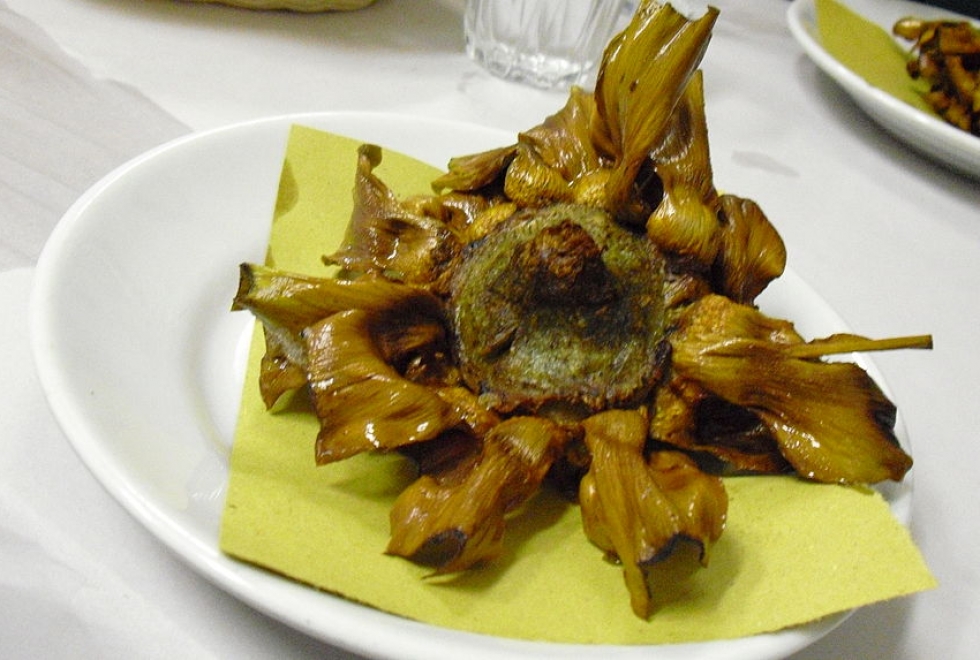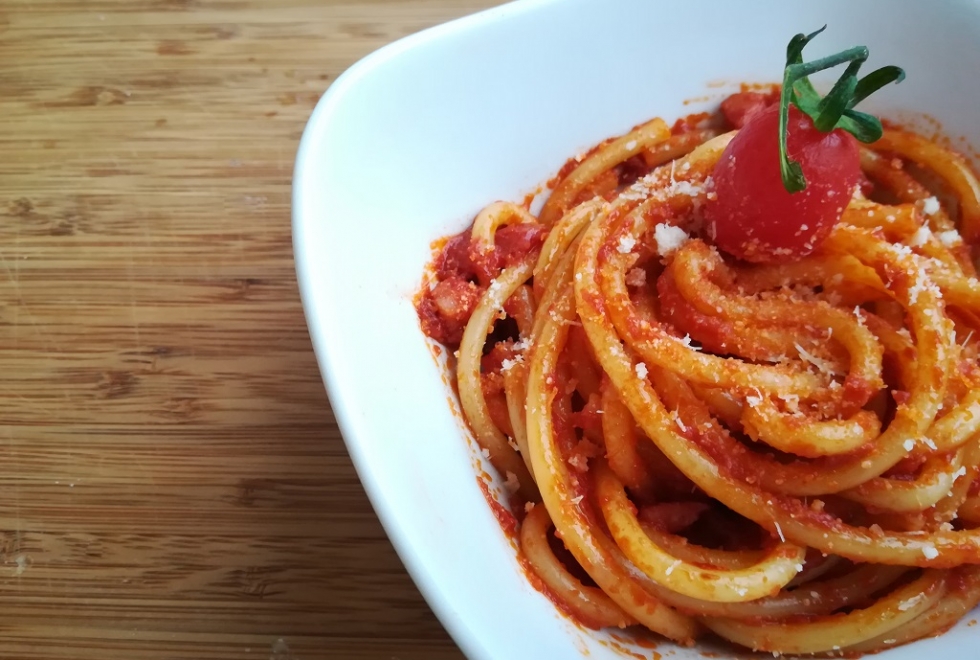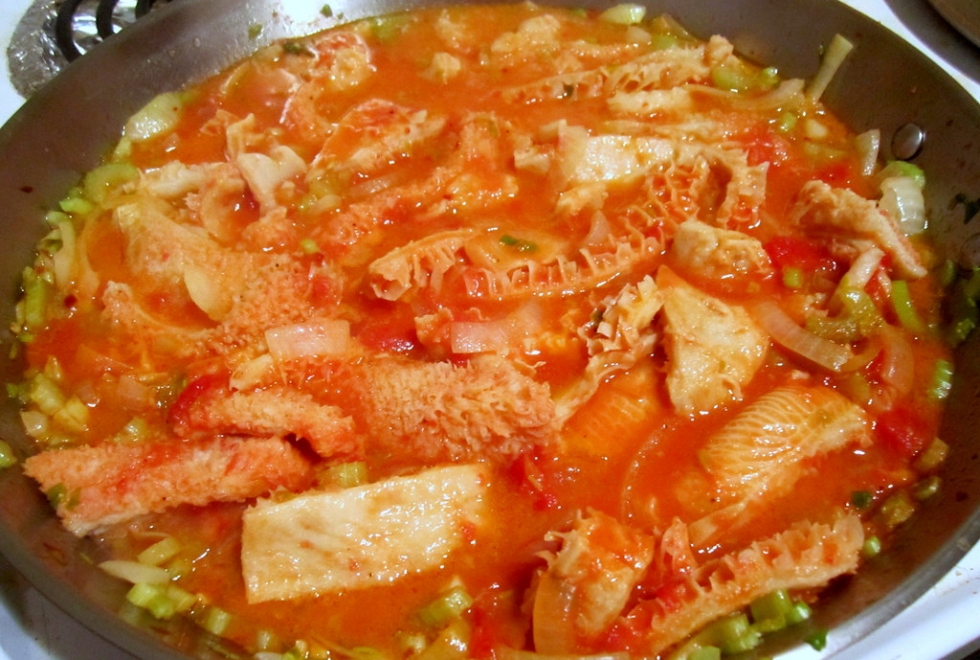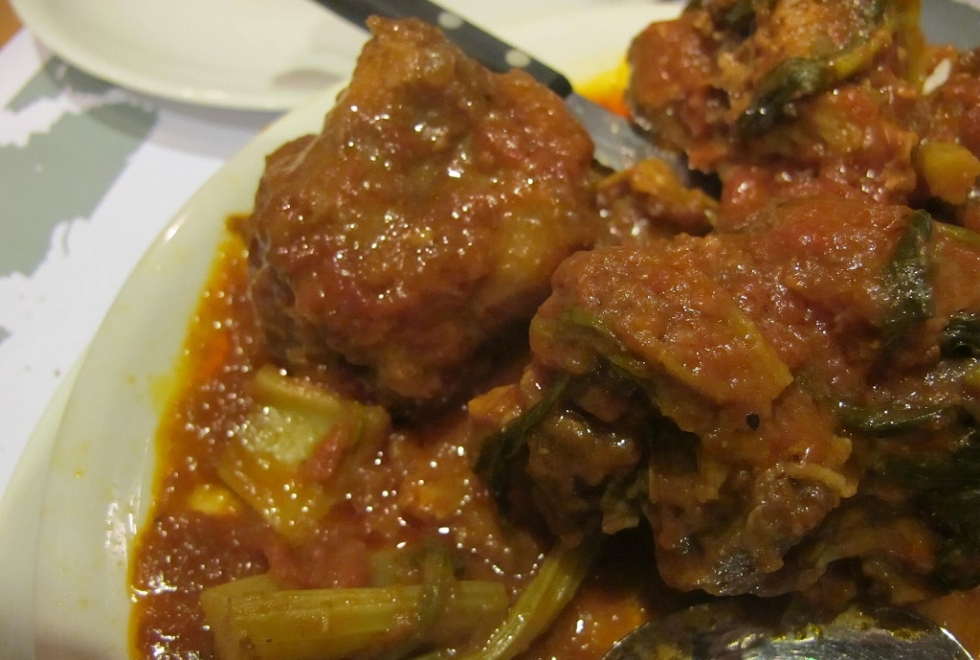Gastronomic itinerary to discover roman specialities
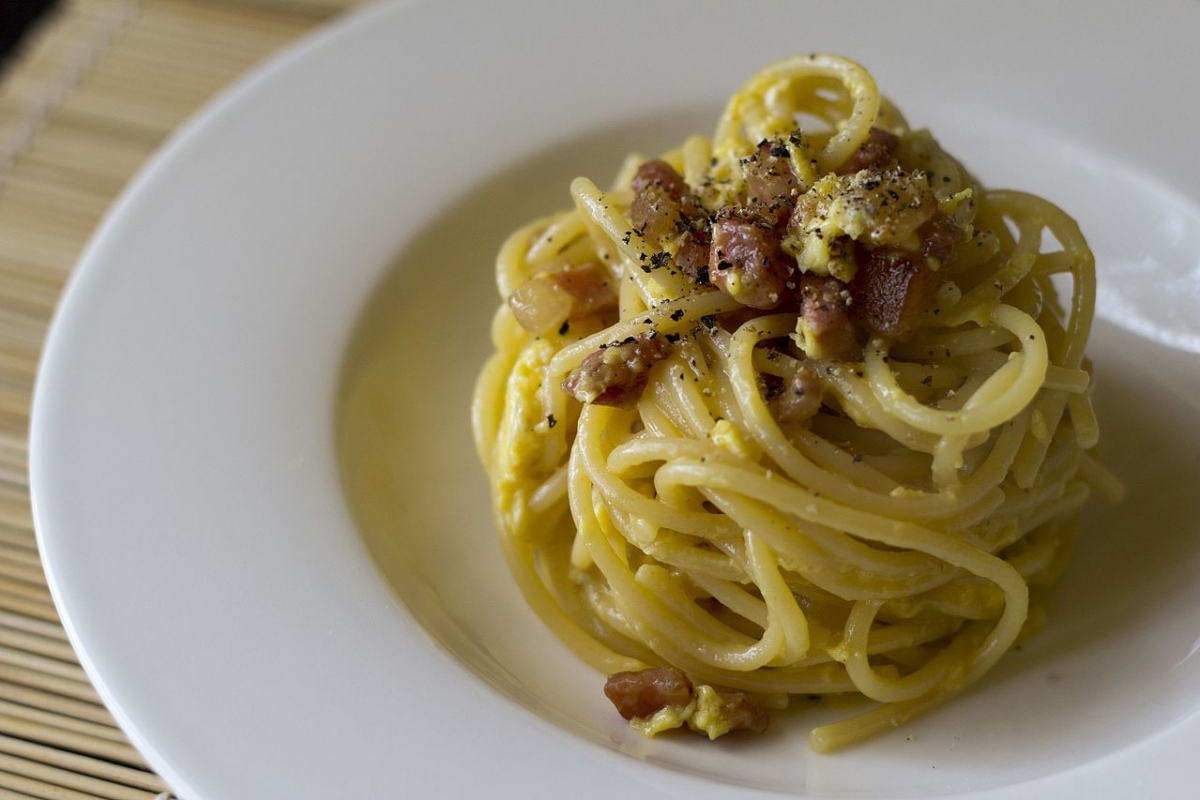
Food is one of the most important aspects of roman culture, it is characteristic and distinctive. The local cuisine has peasant roots, it uses ingredients both simple and rich in flavours, and the dishes are prepared following recipes which have often been passed on from generation to generation.
Besides, no trip can be considered worthy if you don't find out about the culinary habits of the place you are visiting.
Follow us through this extraordinary gastronomic journey to discover roman cuisine, from street food to traditional dishes to end, of course, with desserts.
Made in Rome street food can boast a great variety of specialities, sold all over the city to suit the most different taste buds. The queen of street food is undoubtedly roman pizza. With a thin crust, it is extremely crumbly and soft on the inside while crunchy on the outside, and is thus called "scrocchiarella" (from “scrocchiare”, referring to the crackling noise it makes when bitten). White, seasoned only with oil and salt or stuffed, you must try it during your stay in Rome. You shouldn't miss pizza e mortazza, which is white pizza stuffed with mortadella, the emblematic snack of true locals. Trapizzinos are also very popular. They are tramezzino shaped pizzas, made with the same soft wheat and yeast dough and stuffed with the symbolic ingredients typical of roman gastronomy.
Another roman speciality is pinsa romana, in-between a focaccia and a pizza, characterised by an oval, almost rectangular shape, and an easily digestible dough, 80% of which is made of water. You can savour it seasoned only with salt and oil, but also in the most varied ways. Fried foods -fritti- are also a part of roman tradition, among which supplì, an elongated breaded and fried cilinder composed of rice, stringy mozzarella, tomato sauce and ragù, definitely stands out. In the delicious world of roman friggitorie (fry shops) you should absolutely taste filetto di baccalà, or batter-fried cod fillet, another one of the capital's symbols.
Typical of roman cuisine are primi piatti (first courses, generally pasta dishes), with some characteristic ingredients such as pecorino cheese and most of all guanciale, which is cheek lard, the undisputed protagonist of three of the most famous first courses: pasta alla carbonara, prepared with guanciale, eggs and pecorino, without cream, onions or garlic; pasta alla gricia, a simple and rich dish made with guanciale and pecorino romano, whose secret lies in the creaminess; and pasta all'amatriciana, a variation of gricia which appeared thanks to the introduction of tomatoes in Europe after Cristopher Columbus discovered America. Among first courses, the following should also be noted: cacio e pepe, of course made with pecorino romano and pepper; and rigatoni con la pajata, in which milk-fed calf small intestine is the main ingredient.
Among the secondi (second courses) many recipes are meat-based, such as: trippa alla romana (tripe), stewed with tomatoes and aromatised with pecorino and mint; coda alla vaccinara, prepared with oxtail, tomato sauce and vegetables stew; saltimbocca alla romana, which is made of veal garnished with sage and raw ham and abbacchio alla scottadito, grilled lamb ribs to eat strictly using your hands. The strongest influence affecting roman cuisine came from Jewish tradition, which left evident traces in the preparations and in some typical dishes, among which carciofi alla giudia stand out. This recipe is prepared with Roman artichokes, using a variety of artichokes called cimarolo or mammola, which are fried in boiling oil.
Dulcis in fundo, you shouldn't leave Rome before tasting maritozzi, soft sweet sanwiches stuffed simply with whipped cream, whose origins date back to Roman times, when loaves with honey and raisin would be prepared. Among the desserts, bignè di San Giuseppe and crostata con le visciole, a pie made with a particular cherry variety, are worth being tasted.
 So, are you ready for a nice bellyful of roman specialities?
So, are you ready for a nice bellyful of roman specialities?



